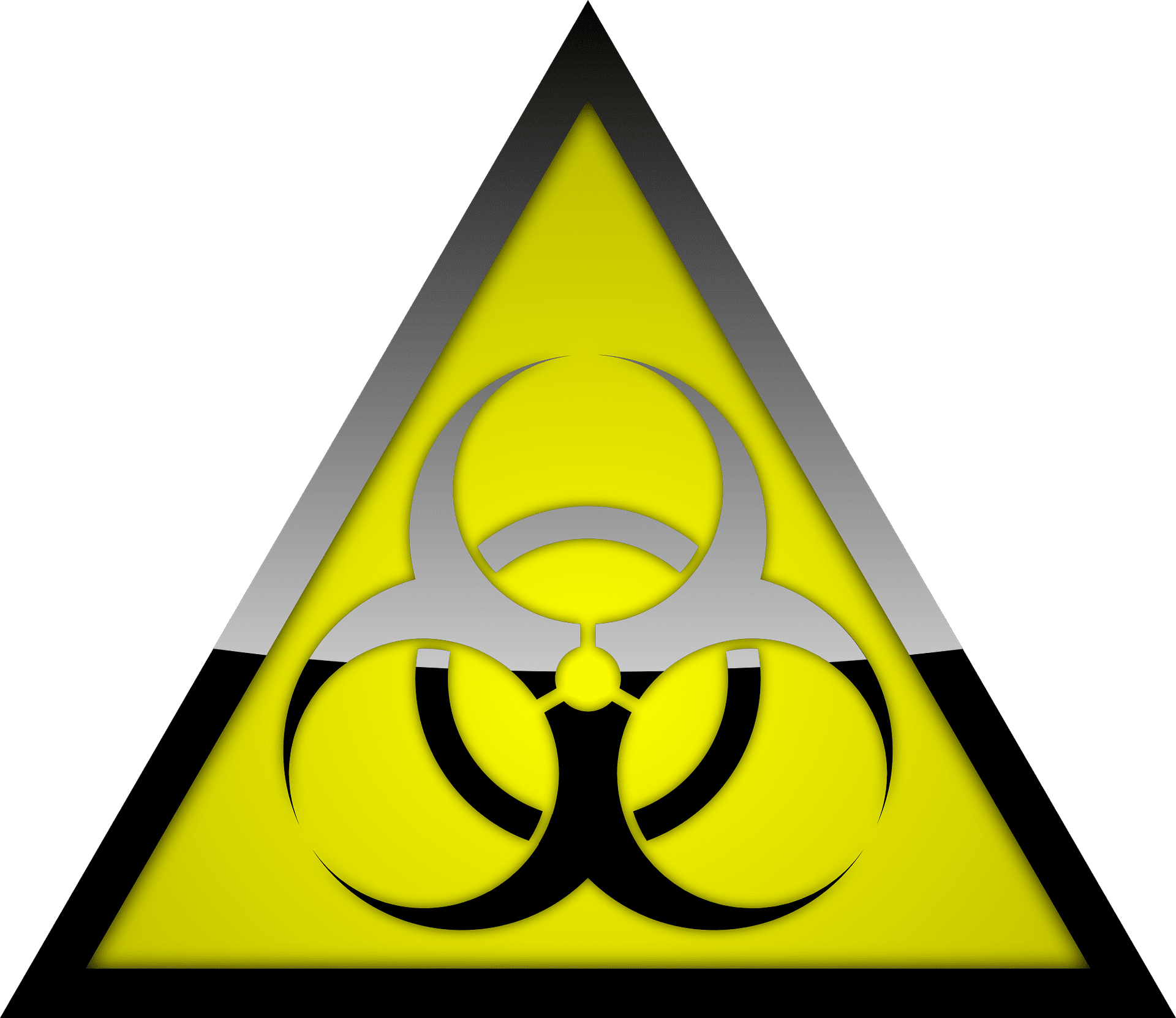
Hazardous waste determination is an extremely important part of any manufacturing or industrial operations business. Confirming this determination allows you to understand the regulations that apply to your company and the specific type of waste you generate, so that all waste can be properly labeled, handled, and disposed of. There are several steps to take into consideration when determining if your operation’s waste is hazardous or non-hazardous:
Steps to Determine Hazardous Waste
1. Verify if it is solid waste.
Solid waste, by definition, refers to any garbage, refuse, sludge, or discarded material that directly results from industrial, commercial, mining and/or agricultural activities.
Only materials that meet the Resource Conservation and Recovery Act’s (RCRA) definition of solid waste can be classified as hazardous wastes. The term “solid waste” doesn’t necessarily mean a waste is physically solid – solid waste can also be a semisolid, gas or liquid.
2. Confirm if it’s on EPA’s list of exclusion.
The Environmental Protection Agency (EPA) maintains a list of solid waste types that are considered excluded, which means that even though a waste meets some of the criteria, you shouldn’t classify it as hazardous.
Some examples of EPA’s excluded wastes include:
- Cement kiln dust
- Fossil fuel combustion
- Household hazardous waste
- Agricultural waste
- Used oil filters or distillation bottoms
- Injected groundwater
- Mining overburden
- Oil, gas & geothermal waste
Always review the regulations of the EPA before you conclude if a material is hazardous.
3. Establish whether it is listed.
Listed wastes are related to specific types of waste described by the EPA with specific federal regulations. The four listed wastes are F, K, P, and U.
F-Listed – This category, also referred to as waste from “non-specific sources,” specifies hazardous wastes that are created by basic manufacturing or industrial processes. It can be further divided into subcategories that help distinguish proper handling and disposal regulations.
K-Listed – This category, referred to as waste from “specific sources,” defines solid wastes from specific industries as being hazardous. There are various industries that can generate K-listed wastes, including but not limited to wood preservation, iron and steel production, organic chemicals manufacturing, and pesticides manufacturing.
P and U-Listed – Both P and U categories refer to commonly-used commercial chemical products that have proven to be dangerous or toxic, and do not involve waste that’s generated from a manufacturing process.
It’s important to remember that some hazardous waste materials can be applicable across various listed waste categories. Also, keep in mind that just because a waste may be designated as “non-hazardous” doesn’t mean it’s not dangerous.
4. Determine if it is characteristic.
According to RCRA, a waste must have at least one of these characteristics in order to be considered hazardous:
- Flammability (ignitable)
- Corrosivity (ability to decompose or rust)
- Reactivity (explosive)
- Toxicity (poisonous)
Determining whether a waste is hazardous or non-hazardous is crucial to the wellbeing of your business, your employees, and the environment. Always check with EPA and local guidelines to make sure you are complying with the regulations required for your specific type of waste.
To learn more about hazardous waste determination, contact the experts at MLI Environmental today.

